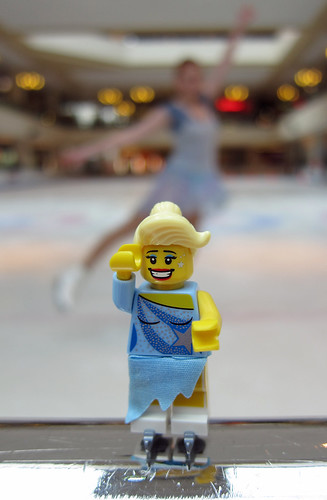
Ice skating has enjoyed an increased profile over the last couple of years, helped by the popularity of celebrity ice dance shows and the continued strong interest in Olympic figure skating. Ice skating is also often favoured by those looking to increase their skating speeds or to obtain a smoother skating experience, owing to there being low friction between the ice skates and the rink surface, and fewer uneven areas.
For anyone who dreams of taking to the ice there are a few points to consider. Firstly, for the beginner, it is probably best to purchase the more ‘all-round’ recreational ice skates rather than specialised figure skating or sports skates. Secondly, the skate selected should generally be one size higher than one’s normal shoe size.
Thirdly, instruction by a qualified trainer is always strongly recommended, particularly for those who are new to skating in general. It is particularly important to be able to minimise any potential injury by learning how to fall forwards rather than backwards. Fourthly, since ice-skating can be very physically demanding it is important to increase one’s fitness levels through aerobic exercise. It is also essential to help guard against ligament damage by always warming up with stretches before taking to the ice rink.
Finally, ice skating should only be undertaken on publicly sanctioned areas such as an ice rink or a body of frozen water specifically designated as safe for public use by a local authority. It is generally highly dangerous to risk skating or even walking on un-sanctioned frozen lakes or river beds. Furthermore, when using an ice rink or other busy public area it is essential to follow protocol and skate in the direction indicated so as to avoid the risk of collision.
At Skates.co.uk we can advise in more detail on ice skating as well as being able to supply a wide range of great value quality ice skates.






0 comments:
Post a Comment